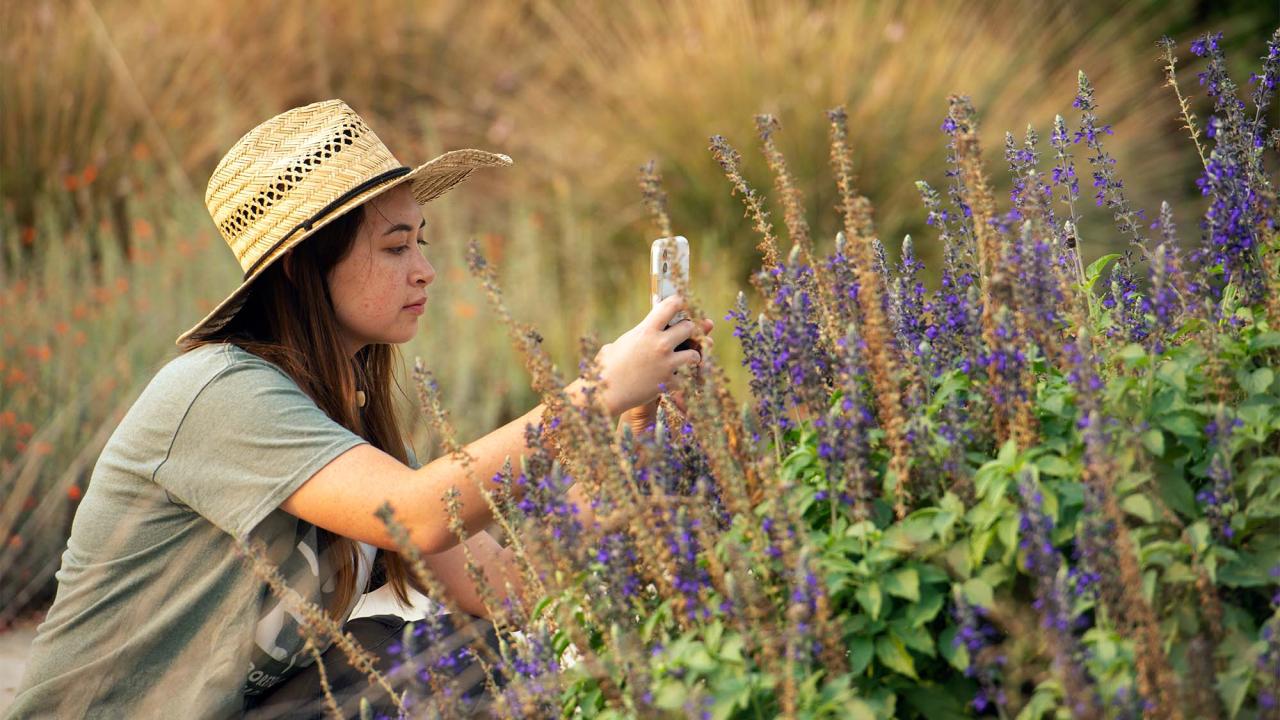Every video, social media post and website shared online should be accessible to everyone who wants to view it, and the Office of Strategic Communications is helping make that reality across the university with a series of new guides published online.
THE GUIDES
The guides provide best practices, definitions, do’s and don’ts and more for multiple digital media.
“As communicators, we all want to ensure as many people can interact with our content as possible, whether it takes the form of a written article, a video or a tweet, and following the best practices for accessibility makes that possible,” said Karla Fung, interim director of social media for Strategic Communications. “Not only is making our content easily accessible the right thing to do, as members of a public university it’s the law.”
State law sets forth accessibility guidelines for public institutions.
Social media: Platform-specific tips
Because social media platforms vary in their features like alt text — information that describes an image or video to people cannot see it — the social media guide includes a comparison of the tools available on each major social media platform. For example, alt text can be added to images uploaded to Twitter or Facebook, but not Reddit.
“We are providing general guidelines because social media platforms do not always have simple instructions and functions for creating accessible content,” the guide states.
Separate guides are also available for those interested in learning more about using major platforms like Facebook, Instagram, LinkedIn, YouTube and more.
Some of the other items explained in the accessibility guide include:
- Post copy — Don’t overuse emoji, don’t write in all capital letters, and do write hashtags in “camel case” that capitalizes the first letter of each word, i.e., #UCDavisGrown instead of #ucdavisgrown.
- Graphics — Make sure your graphics don’t include too much text and do have good color contrast. Strategic Communications has also published a list of colors that have strong contrast with UC Davis’ official brand colors.
- Video captions — An overview, as well as tips for creating them.
The guide will continue to evolve and is meant to help people beyond UC Davis, members of the social media team said.
“This is the first phase for our team, as we prioritized providing general accessibility guidelines so that anyone can utilize them as they post across almost any channel,” said Teddi Tostanoski, Undergraduate Admissions social media manager. “This guide is another example of UC Davis’ open and inclusive spirit, and I hope it’s useful both on campus and beyond.”
Video: Caption conundrum
All videos published online should have captions for viewers who are deaf or hard of hearing, but there are several different ways to create captions, the video guide states, noting: “Yes, it can be confusing!”
The guide explains the differences between closed captions, which can be switched on and off, and open captions, which are permanently displayed with the video.
It also spells out ways to position text on screen, as well as provides tips for creating video descriptions for users who cannot see videos.
In addition to the accessibility guide, Strategic Communications’ visual communications team has updated its broader best practices webpage to add information about considering inclusivity and authenticity when creating video content. More in-depth information about best practices for visual inclusivity is forthcoming.
Web: Alt text, SEO, headings and more
Similar guidelines for creating accessible webpages were published last fall by Strategic Communications’ web team. That guide provides tips on the use of alt text and search engine optimization, the proper order of headings and more.
Other tips included in that guide:
- Avoid flashing imagery because it can trigger seizures.
- Alt text isn’t needed for decorative images that “beautify a page but don’t add information to the story or webpage.”
- Anchor links and links that open in new tabs can be disorienting.
- Link text should describe where the link is leading; links should say more than just “read more” or “click here.”
Media Resources
Cody Kitaura is a News and Media Relations Specialist in the Office of Strategic Communications, and can be reached by email or at 530-752-1932.
